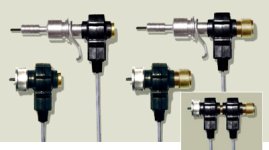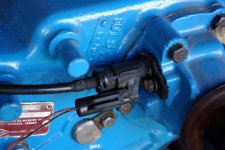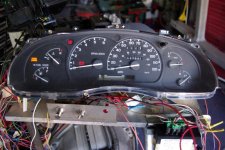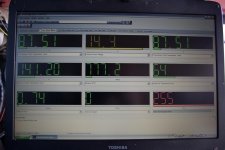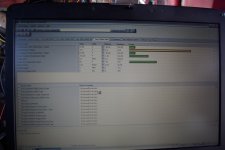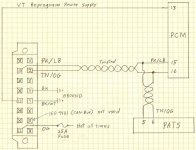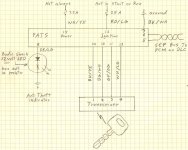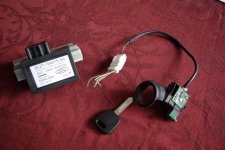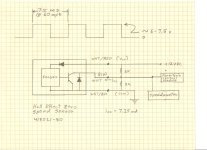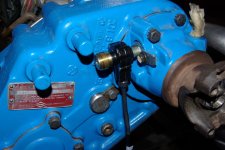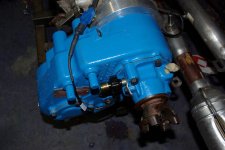- Joined
- Aug 25, 2006
- Messages
- 2,245
First thought to that is use an octocoupler (optical coupling) On the positive side of the waveform it turns on, negative it goes off. Limiting curcuits to keep from overloading the driver as needed.
I'm going to put a digital scope on the ABS VSS output on the 98 Exporer today and see what the signal looks like. I'll then do the same on the 94 Mustang conversion VSS. If I dont have to do anything with pulse count there is a chip available from MAX for reading VRRs in automotive applications.
I'm going to stop by the junk yard and grab a mechanical passthrough VSS and a ABS module to disect and see what Ford used.
I've been told that there is a module available to convert a VSS signal on older vehicles to digital pulses for the purpose of driving devices that use vehicle speed such a taxi cab meters, sound systems, nav systems, etc. Still searching.
Update: A little research on speedometer calibration showed that 1000 rpms is 60 MPH. Tapped into the VSS signal at the radio on my 98 Explorer. The ABS puts out a pretty clean digital pulse stream. Seems to comply with the industry standard of 8000 pulses per minute at 60 MPH. (8 pulse per revolution VSS turning at 1000 RPMS) I picked up VSS and speedo cable at the junk yard that fits in the D20. It was out of a 91 Explorer. Don't think it will work without building some interface circuitry. I did find a 8 pulse per revolution Hall Effect VSS that might generate an acceptable digital signal. One way or another it shouldn't be to difficult. Back to work tomorrow for 4 days. more later...
Update: Just found a Hall Effect Ford VSS from http://www.magsensors.com/
This unit should be a plug-n-play solution to generating the digital pulse that the PCM is looking for. It will plug directly into the D20 and has a mechanical passthrough for the speedometer cable. 3 wires hook it up. 12v - ground - and VSS signal. It comes in 2 - 4 - 8 - and 16 pulses per revolution. I've got a request in for a quote and hope to have some detailed info soon.
I verified the Explorer VSS signal has a digital pulse period of 7.5 ms and a duty cycle of 50% at 60 MPH. That coresponds exactly to 8000 pulses per mile. They offer the options shown in the picture below. The middle one would screw on to the back of the Bronco Speedometer with the spedometer cable screwed to the back of the sensor. I'm going with the upper right on which gives me the option of retaining the Bronco speedometer cable or ditching it for a electronic speedo. The signal can also be shared to drive an electroninc speedometer, navigation system, etc.
I still have to verify that the computer will not get confused by by low range on the D20. This could possibly present a problem since the transmission speeds would be higher than it's used to seeing in high range for a given vehicle speed. I already have a simple plan to correct that if it becomes an issue.
This will be a very clean and easy way to overcome the ABS generated VSS problem. Hope to have one in my grubby hands so I can verify that it will work in a few days. Just for reference that last picture is of a 1991 Explorer VSS and cable in the D20.
Update: Got the part ordered this morning. Should have it in a week or so. ($112)
Update: I also found the following today. http://www.dainst.com/info/circuits/oldVRSstuff I might give it a try today just for kicks. It would be a less expensive option but requuires building up a little circuit board.
Attachments
Last edited:












